Code
HCS34776
Weight
1.685 Kg / 3.71 lbs
Size
Height
34cm (13") Width
19cm (7") Depth
13cm (5") Material
Silver
Availability
Available

Safe Payment
We accept Paypal, Money Transfer, Bank Transfer
Confidence
Protection covers your purchase and personal data.
Worldwide Delivery
We ship Worldwide, except Russia.Shipping cost US$25.2 for upto 0.5 kgs

Hotline
Talk to help line for your question on 9841267335Antique Finishing
This is an antique patina-finished [padmapani Lokeshvara], Buddhist Handmade Statue Of Silver, [antique] And [high Quality]. This is not an antique statue. It is just an antique patina finish. This [padmapani Lokeshvara], Buddhist Handmade Statue Of Silver, [antique] And [high Quality] is a testament to the artisan's mastery of the art of aging. Its antique patina has been meticulously crafted to give the appearance of an aged statue, showcasing the artist's unique techniques and skills. Through undisclosed processes and careful aging treatments, the [padmapani Lokeshvara], Buddhist Handmade Statue Of Silver, [antique] And [high Quality] undergoes a transformation that captures the essence of time and history. Read More . . .
This is an antique patina-finished [padmapani Lokeshvara], Buddhist Handmade Statue Of Silver, [antique] And [high Quality]. This is not an antique statue. It is just an antique patina finish. This [padmapani Lokeshvara], Buddhist Handmade Statue Of Silver, [antique] And [high Quality] is a testament to the artisan's mastery of the art of aging. Its antique patina has been meticulously crafted to give the appearance of an aged statue, showcasing the artist's unique techniques and skills. Through undisclosed processes and careful aging treatments, the [padmapani Lokeshvara], Buddhist Handmade Statue Of Silver, [antique] And [high Quality] undergoes a transformation that captures the essence of time and history. Read More . . .
Lost-Wax System
This Avalokitesvara of [padmapani Lokeshvara], Buddhist Handmade Statue Of Silver, [antique] And [high Quality] is made by the process of the Lost Wax system. This is a very complicated, time consuming and historic process of making metal sculptures.Which is why it is sometimes called Precision Casting as well. Hence the sculptures made by this process are comparatively expensive. There are many new, advanced and less time consuming methods of casting metal sculptures available as well. But due to the benefits provided by the traditional lost wax system in quality control and customization, we prefer the Loss wax system over Ceramic molding, or sand casting to make our Avalokitesvara.
Below we have tried to illustrate the process of making a loss wax system statue: Read More . . .
This Avalokitesvara of [padmapani Lokeshvara], Buddhist Handmade Statue Of Silver, [antique] And [high Quality] is made by the process of the Lost Wax system. This is a very complicated, time consuming and historic process of making metal sculptures.Which is why it is sometimes called Precision Casting as well. Hence the sculptures made by this process are comparatively expensive. There are many new, advanced and less time consuming methods of casting metal sculptures available as well. But due to the benefits provided by the traditional lost wax system in quality control and customization, we prefer the Loss wax system over Ceramic molding, or sand casting to make our Avalokitesvara.
Below we have tried to illustrate the process of making a loss wax system statue: Read More . . .
Silver Statue : About Silver Statue:
The Silver Statues are rarely made these days, This [padmapani Lokeshvara], Buddhist Handmade Statue Of Silver, [antique] And [high Quality] statue date back to the late 1990 A.D. Most of the statues in our collection are highly collectibles because the silver statues were rarely found even though the prices were cheap during the late 1990 and early 2000. In this present era, the price of silver has hicked so much that making a silver statue for a commercial purpose is not viable anymore. The price we have offered for the statues are comparatively than of making a new one.
The Silver Statues are rarely made these days, This [padmapani Lokeshvara], Buddhist Handmade Statue Of Silver, [antique] And [high Quality] statue date back to the late 1990 A.D. Most of the statues in our collection are highly collectibles because the silver statues were rarely found even though the prices were cheap during the late 1990 and early 2000. In this present era, the price of silver has hicked so much that making a silver statue for a commercial purpose is not viable anymore. The price we have offered for the statues are comparatively than of making a new one.
Brief Introduction :
Padmapani is also a form of Avalokiteshvara. He is generally seen standing on the right side of Buddha Amitabha in Sukhavati Heaven. He is depicted as red in color. He holds a lotus flower in his left hand and shows varada mudra with his right hand. He wears an antelope skin on the shoulders. He wears all the ornaments typical of a bodhisattva symbolizing his enlightened experiences. He wears a crown and his hair is bound to form a top knot. Sometimes it is eclipsed by an effigy of Amitabha Buddha. When there is no effigy of Amitabha Buddha in the crown of Padmapani, he is then white in color.
Iconography :Padmapani Lokeshvara wears an antilope skin on the shoulders. Padmapani Lokeshvara wears all the ornaments typical of a bodhisattva symbolizing his enlightened experiences. Padmapani Lokeshvara wears a crown and his hair is bound to form a top knot. Sometimes it is eclipsed by an effigy of Amitabha Buddha. When there is no effigy of Amitabha Buddha in the crown of Padmapani, he is then white in colour.
Legend :A legend says that once an elephant was going to pick up a lotus flower in a pond. Unfortunately he slipped into the mud. Padmapani Lokeshvara cried in agony and prayed for Narayana. In the mean time Arya Avalokiteshvara was in that jungle and he heard the prayer. Immediately he took the form of Narayana and rescued the elephant from the marshy pond. Then Avalo-kiteshvara took the lotus offered by the elephant and went to Jetavana grove where Buddha Shakyamuni was residing. He in turn offered this lotus flower to Buddha Shakyamuni. Buddha Shakyamuni thanked Avalokiteshvara for his offer of the lotus flower and requested him to offer it to Lord Amitabha on his behalf. Avalokiteshvara told the whole story to Lord Amitabha Buddha. Appreciating the philanthropic deeds of Avalokiteshvara, Buddha Amitabha told him to keep that lotus flower forever and continue the act of benefitting all sentient beings. Later
on Avalokiteshvara was known as Padmapani Lokeshvara.
In Kathmandu valley nun.erous images of Padmapani Bodhisattva or Lokeshvara are found. Padmapani Lokeshvara found in Shreegha vihara in Kathmandu is believed to be of the fifth century of Christian era. According to Pandit Hem Raj Shakya 202 images or sculptures of Padmapani carved in stones are found in Patan city alone dating as early as theLichchavi period.
on Avalokiteshvara was known as Padmapani Lokeshvara.
In Kathmandu valley nun.erous images of Padmapani Bodhisattva or Lokeshvara are found. Padmapani Lokeshvara found in Shreegha vihara in Kathmandu is believed to be of the fifth century of Christian era. According to Pandit Hem Raj Shakya 202 images or sculptures of Padmapani carved in stones are found in Patan city alone dating as early as theLichchavi period.


![[padmapani Lokeshvara], Buddhist Handmade Statue Of Silver, [antique] And [high Quality]](https://handicraftseller.com/uploads/pics/product/thumb/2025/01/34776.jpg)
![[padmapani Lokeshvara], Buddhist Handmade Statue Of Silver, [antique] And [high Quality]](https://handicraftseller.com/uploads/pics/product/thumb/2025/01/34776_0.jpg)
![[padmapani Lokeshvara], Buddhist Handmade Statue Of Silver, [antique] And [high Quality]](https://handicraftseller.com/uploads/pics/product/thumb/2025/01/34776_1.jpg)
![[padmapani Lokeshvara], Buddhist Handmade Statue Of Silver, [antique] And [high Quality]](https://handicraftseller.com/uploads/pics/product/thumb/2025/01/34776_2.jpg)
![[padmapani Lokeshvara], Buddhist Handmade Statue Of Silver, [antique] And [high Quality]](https://handicraftseller.com/uploads/pics/product/thumb/2025/01/34776_3.jpg)
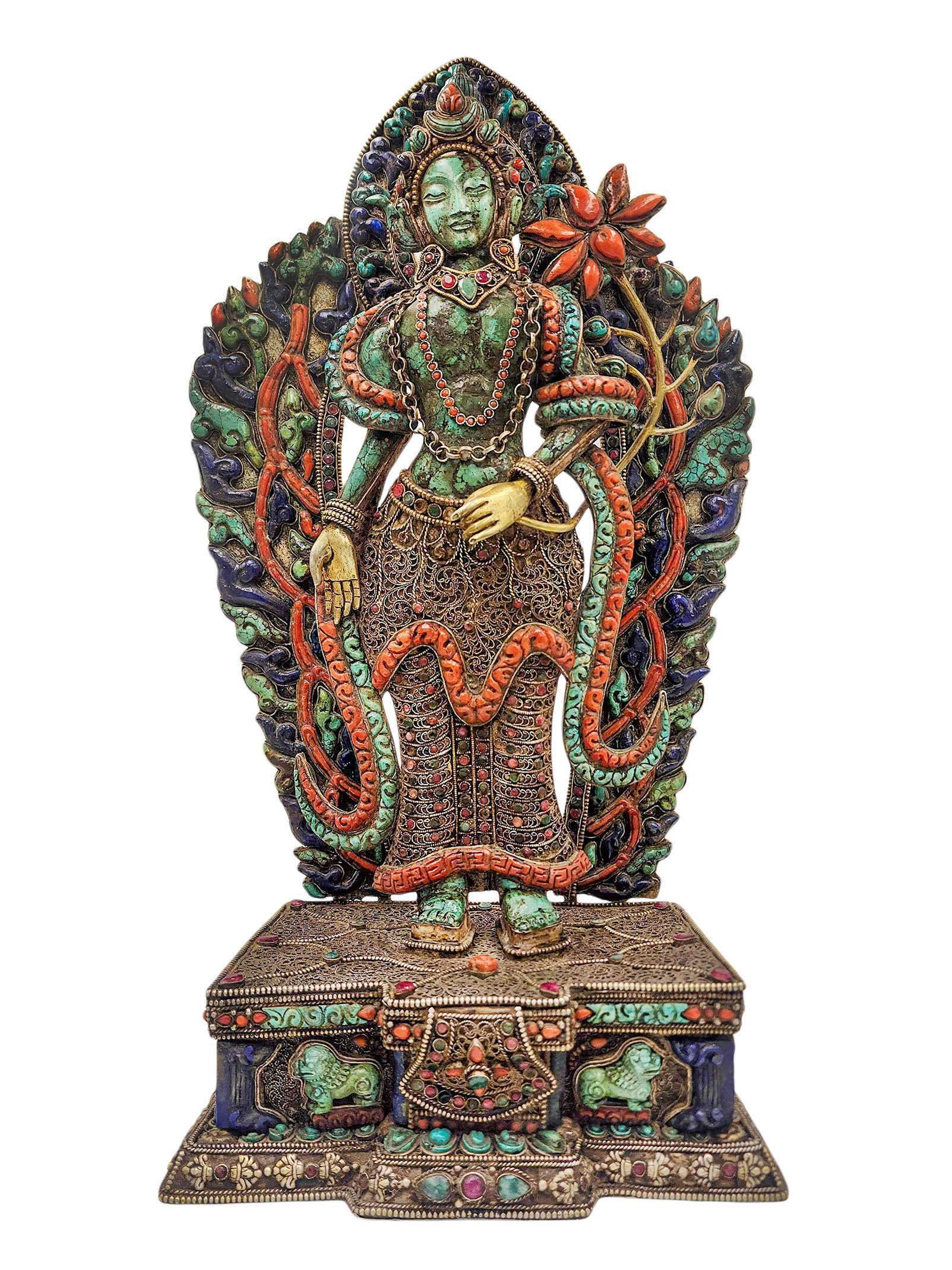

























































 of Chenrezig,
of Chenrezig, 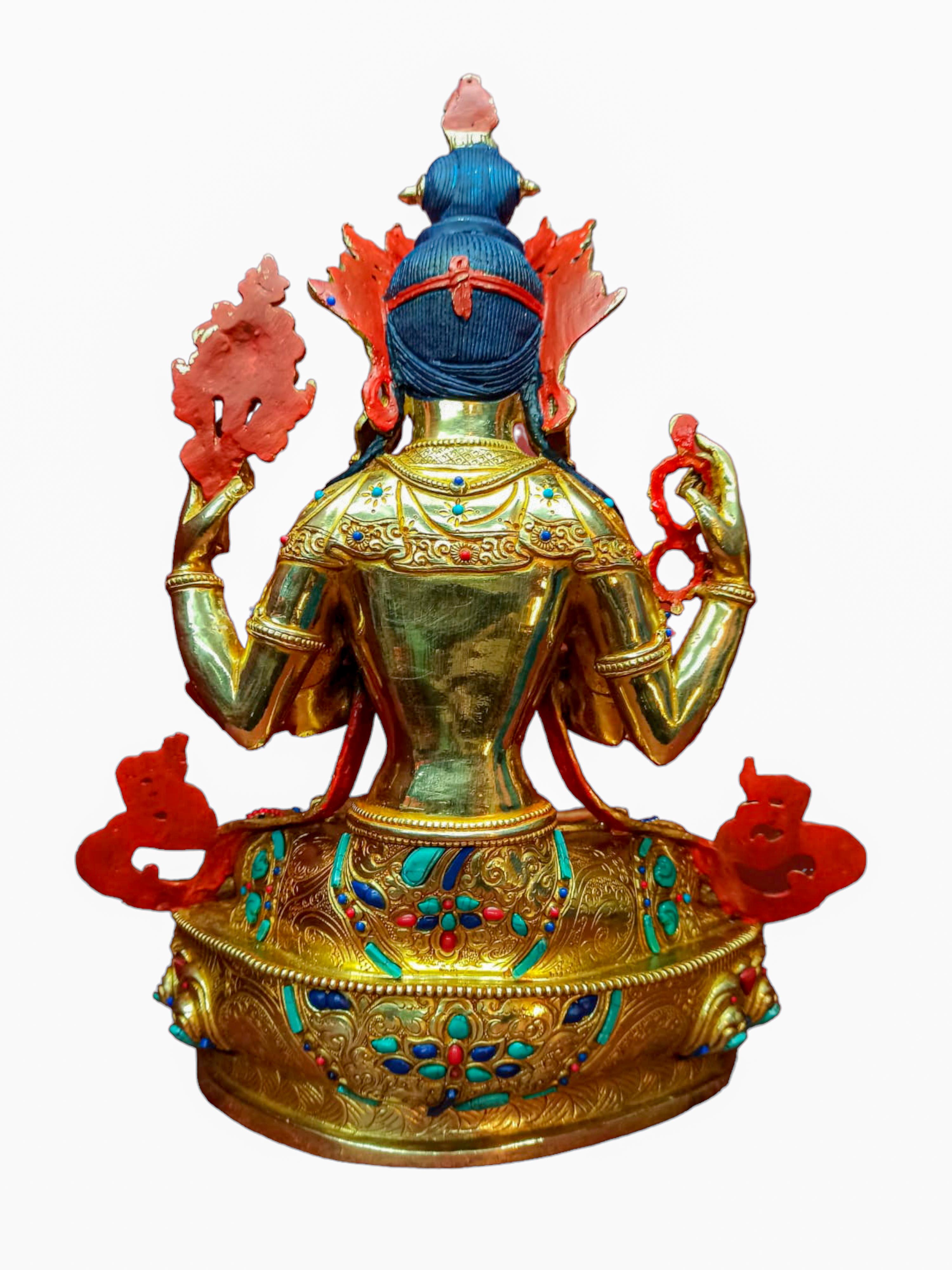 of Chenrezig,
of Chenrezig, 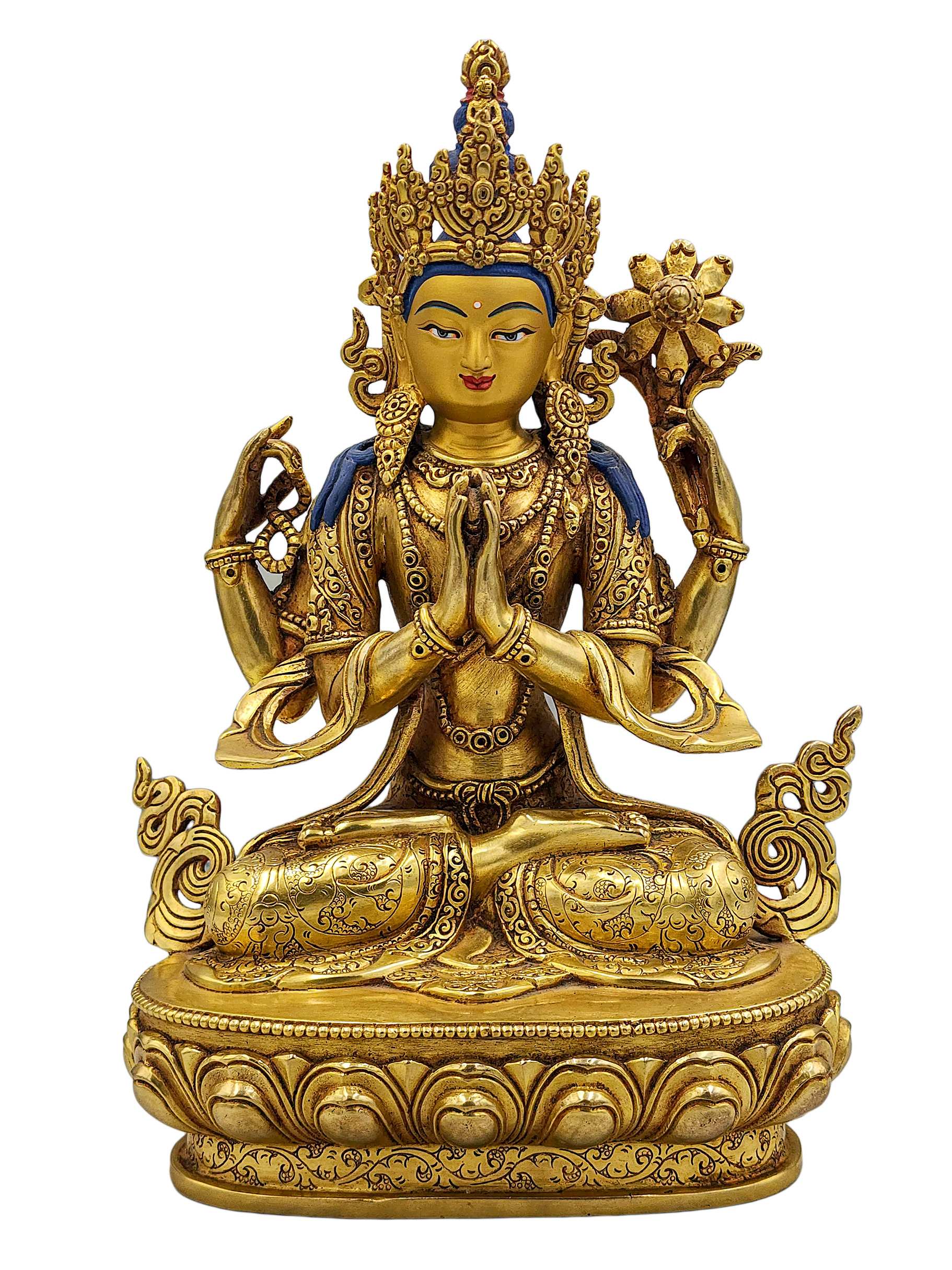 Chenrezig, Buddhist Handmade Statue,
Chenrezig, Buddhist Handmade Statue, 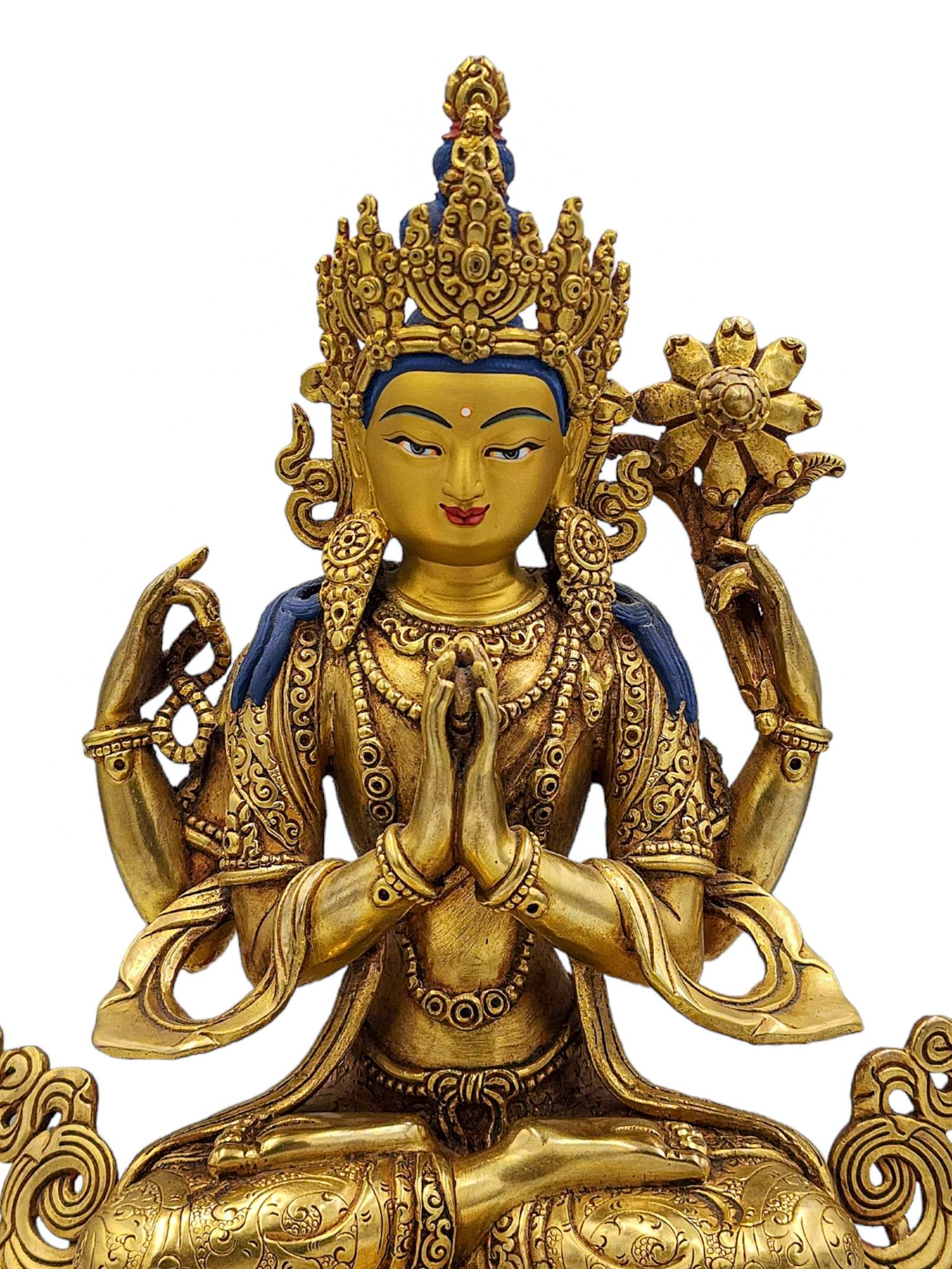 Chenrezig, Buddhist Handmade Statue,
Chenrezig, Buddhist Handmade Statue, 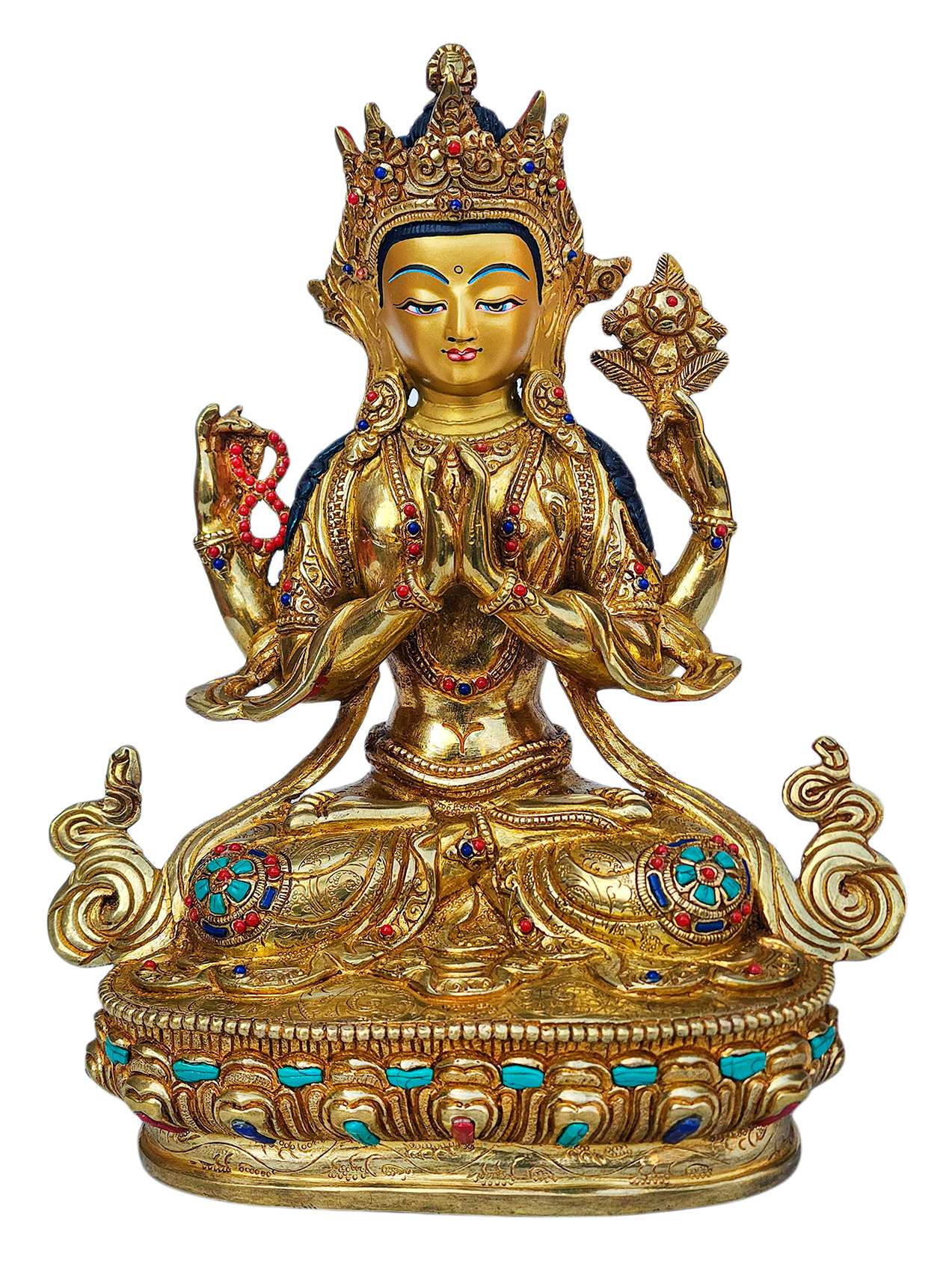 Chenrezig, Buddhist Handmade Statue,
Chenrezig, Buddhist Handmade Statue, 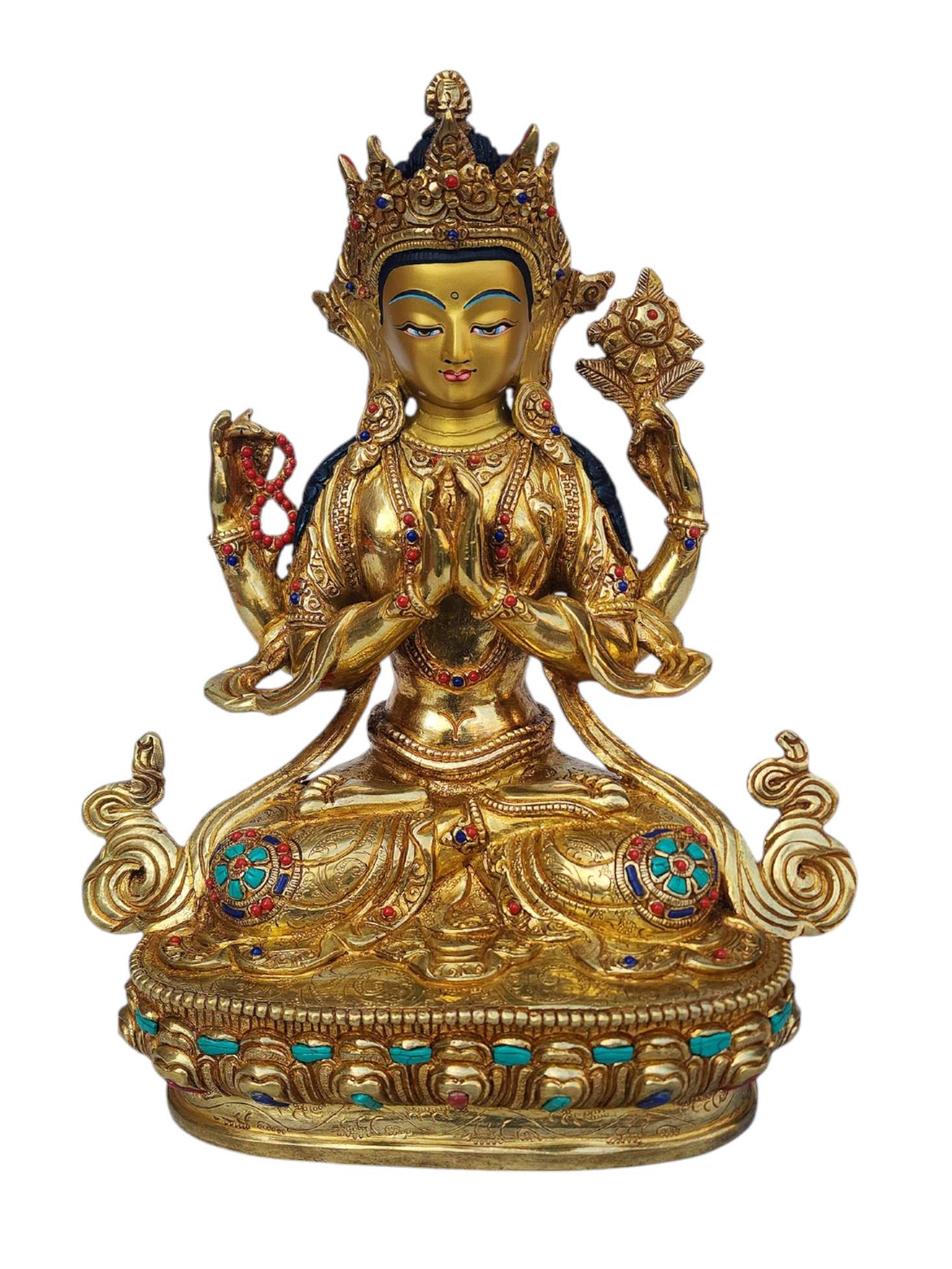 Chenrezig, Buddhist Handmade Statue,
Chenrezig, Buddhist Handmade Statue, 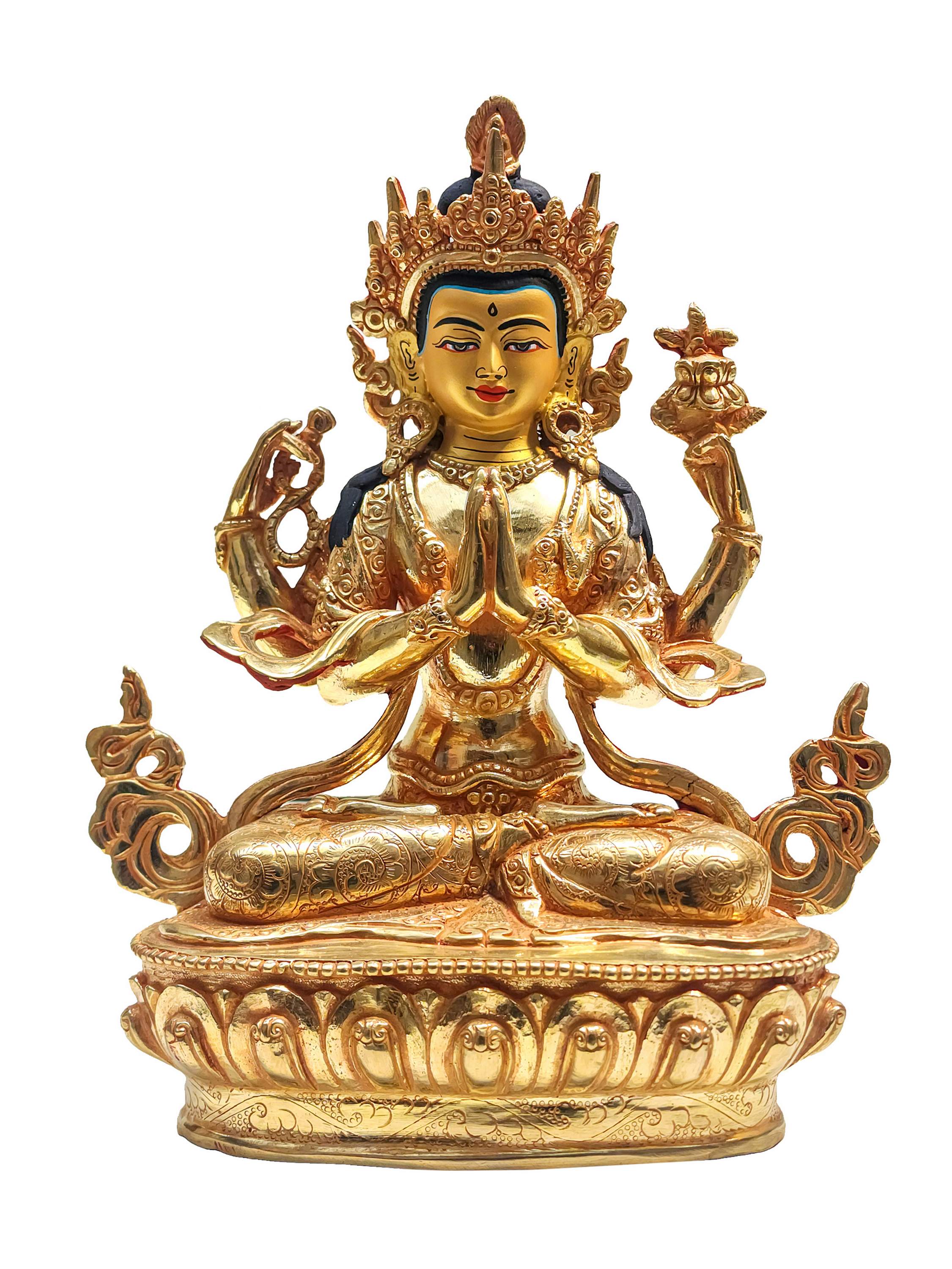 of Avalokiteshvara,
of Avalokiteshvara, 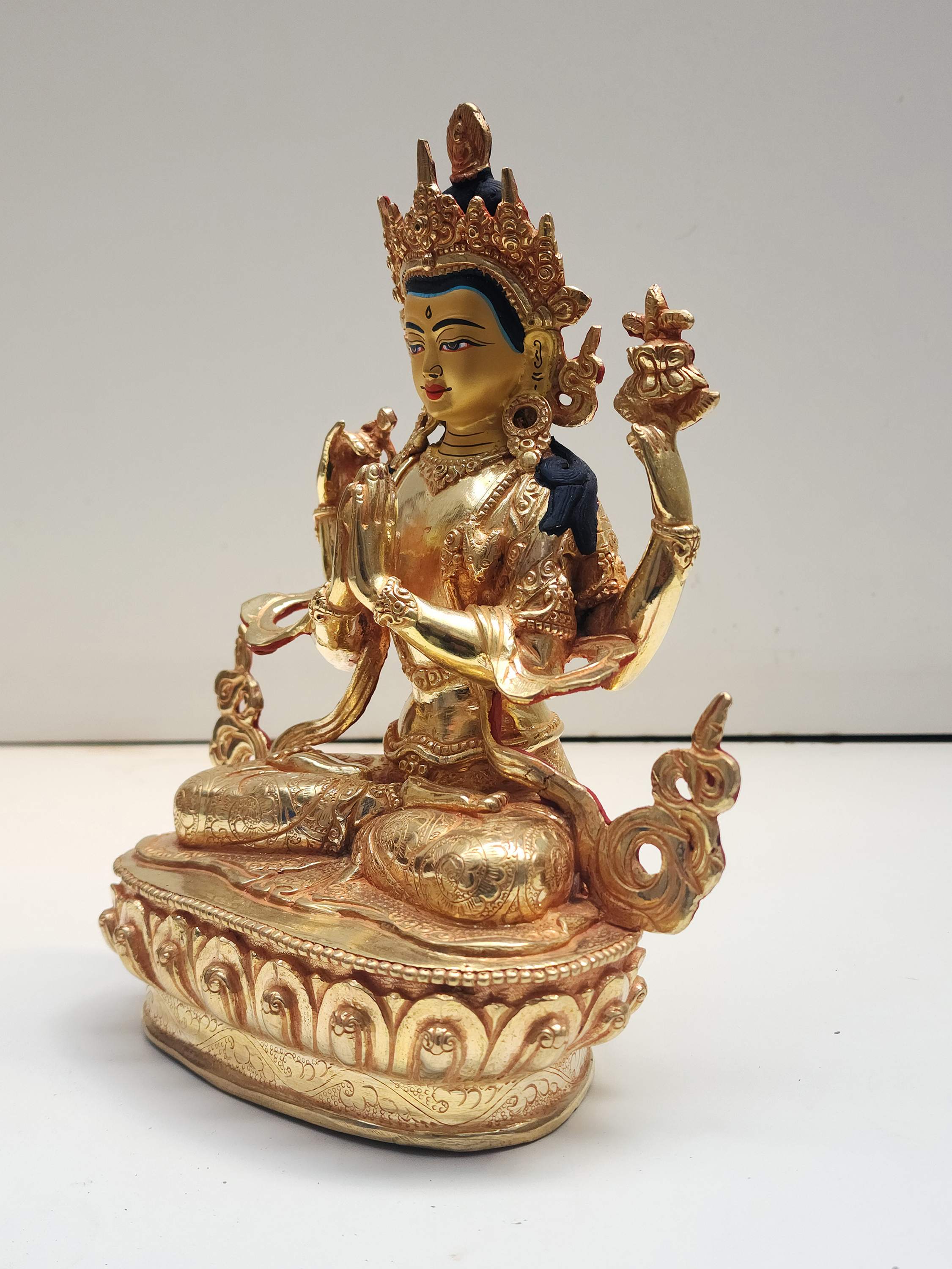 of Avalokiteshvara,
of Avalokiteshvara, 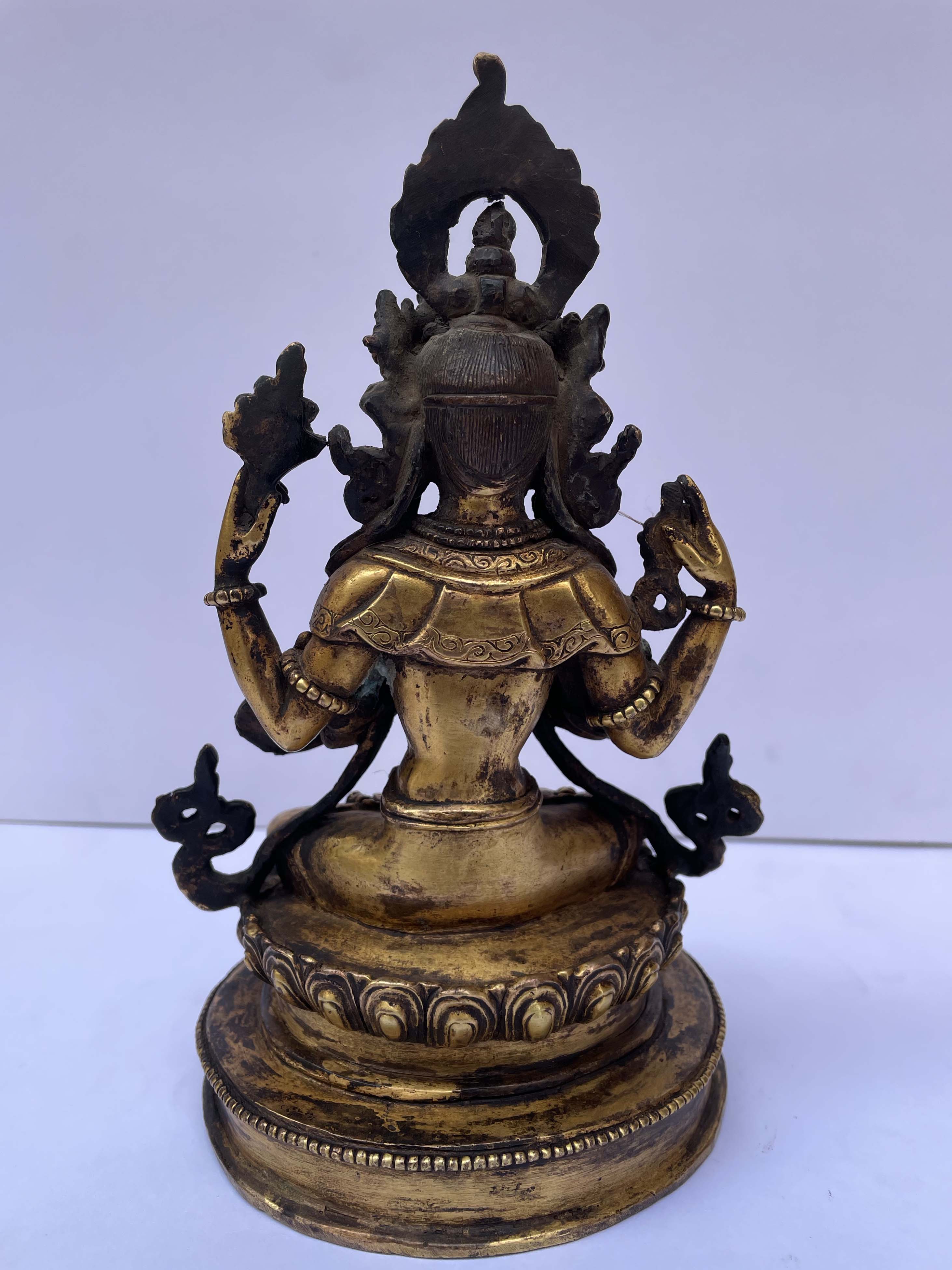 of Chenrezig,
of Chenrezig, 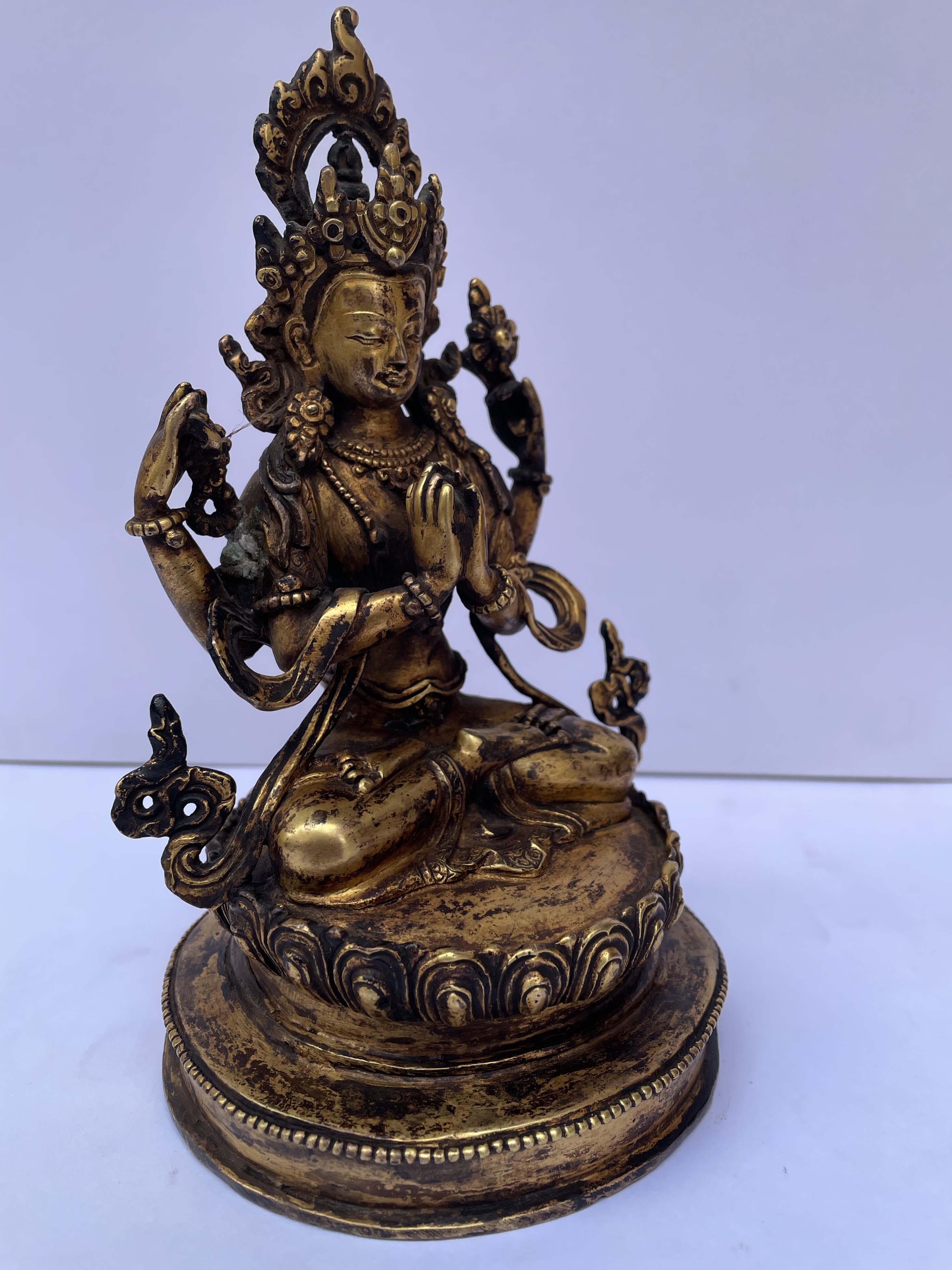 of Chenrezig,
of Chenrezig, 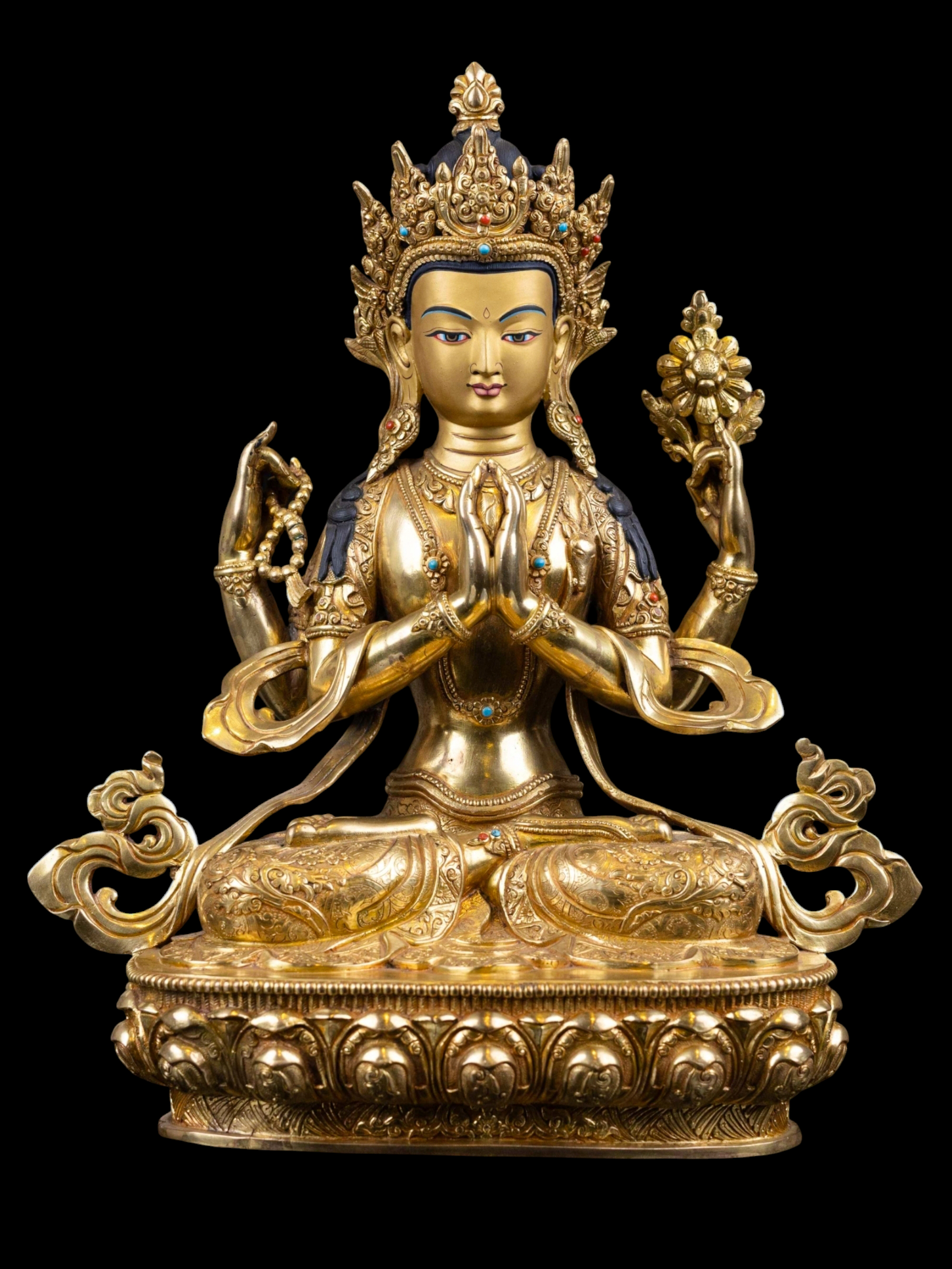 Chenrezig, Buddhist Handmade Statue,
Chenrezig, Buddhist Handmade Statue, 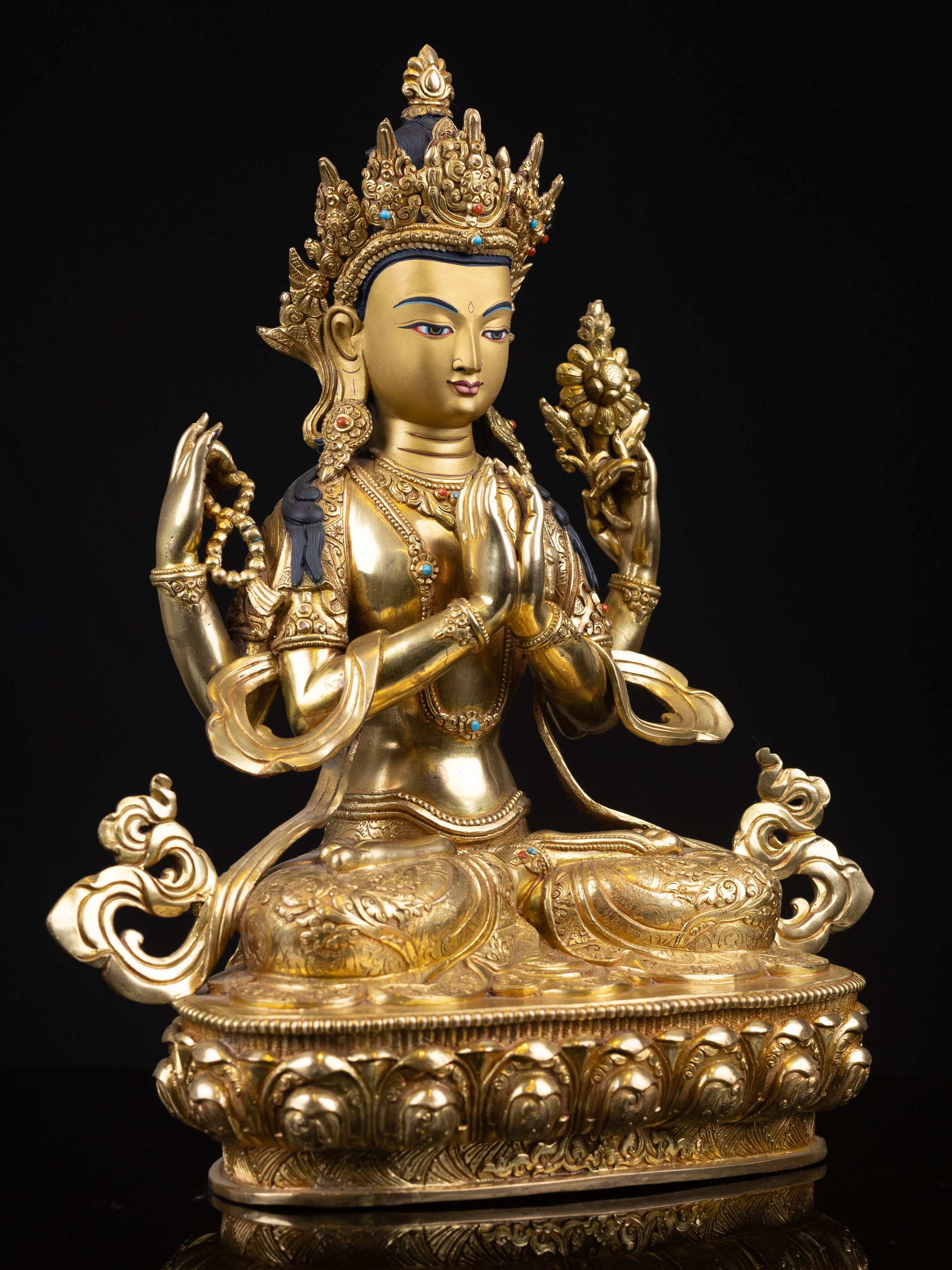 Chenrezig, Buddhist Handmade Statue,
Chenrezig, Buddhist Handmade Statue, 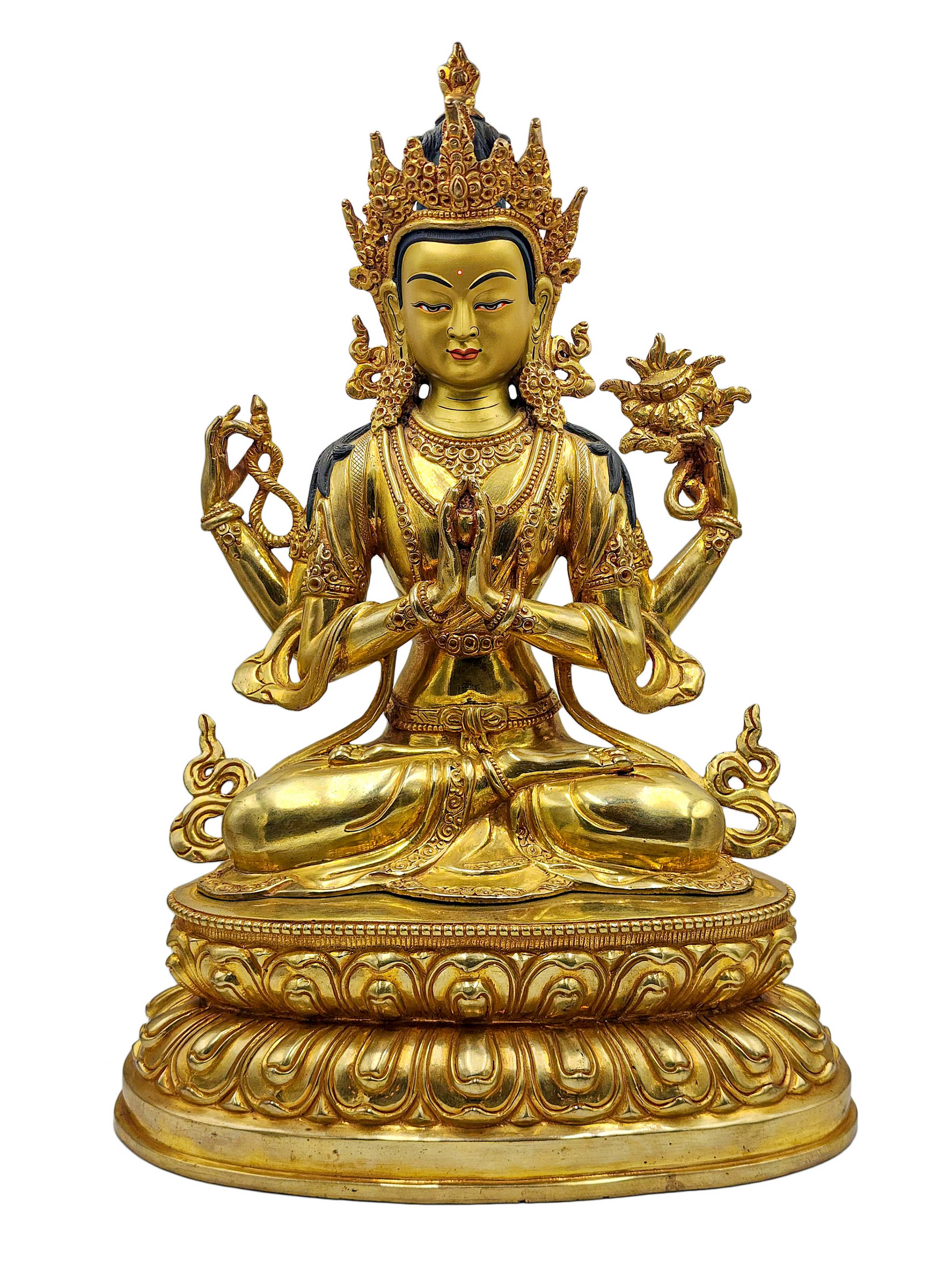 Chenrezig, Buddhist Handmade Statue,
Chenrezig, Buddhist Handmade Statue, 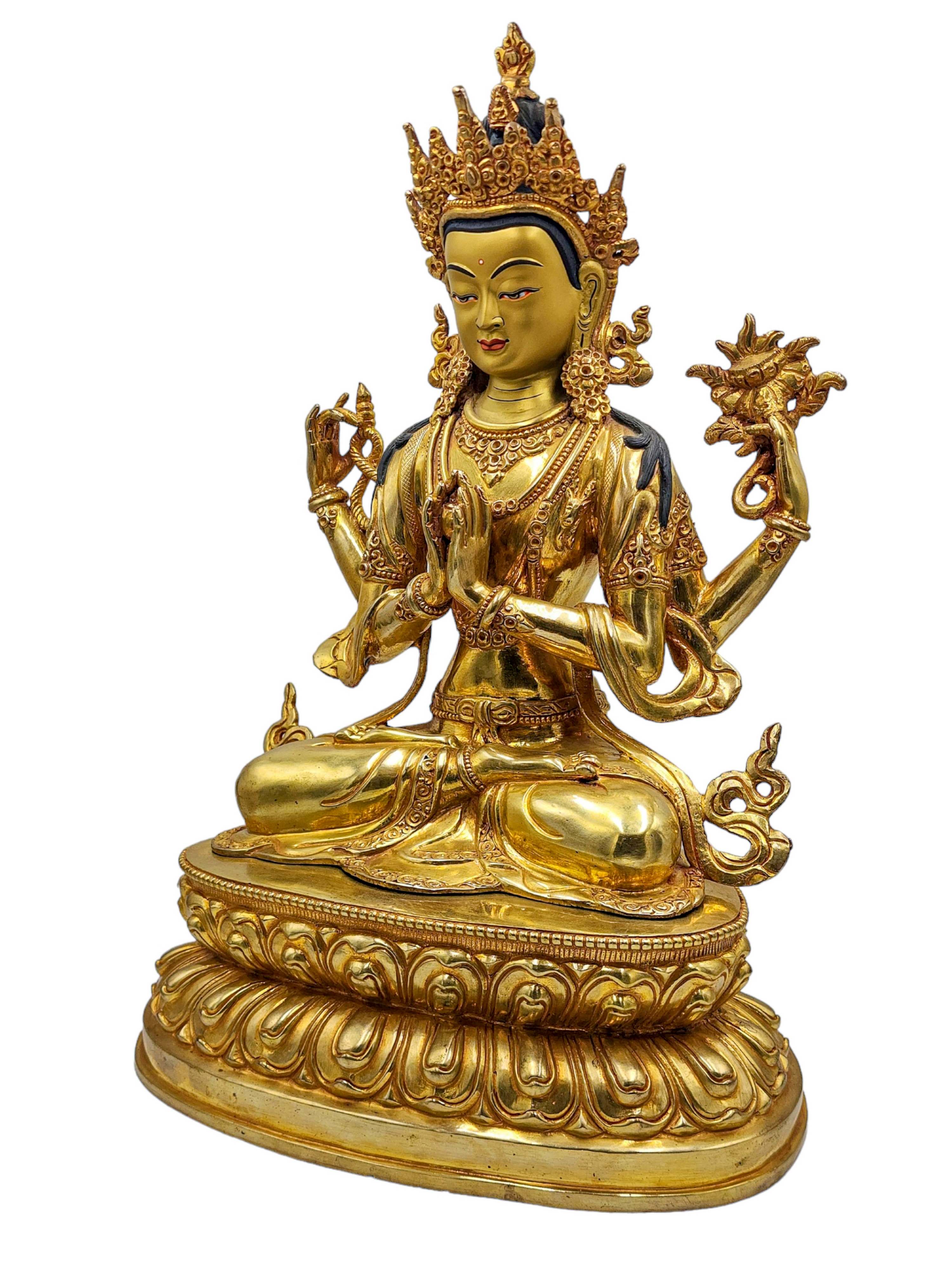 Chenrezig, Buddhist Handmade Statue,
Chenrezig, Buddhist Handmade Statue, 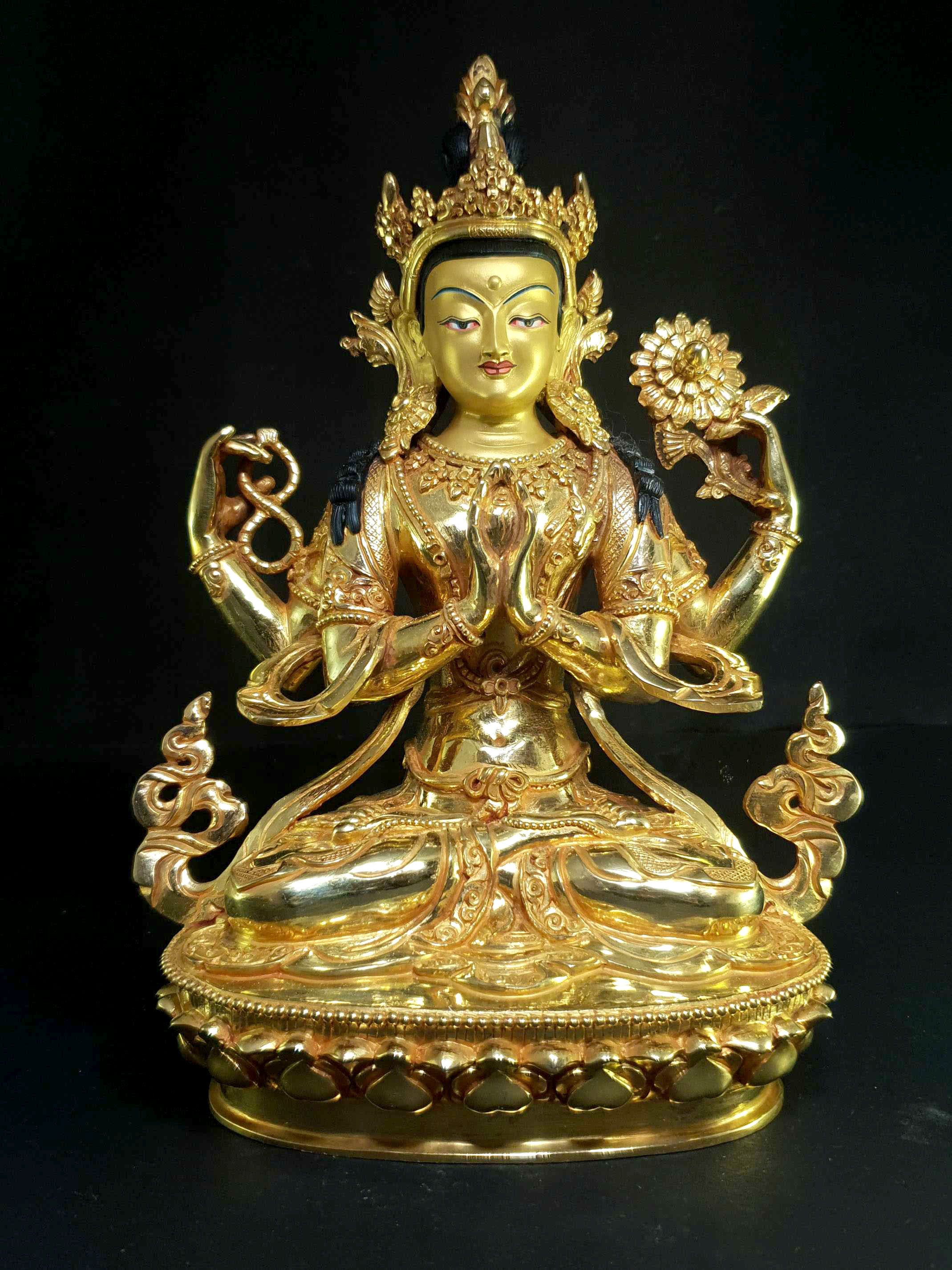 of Chenrezig
of Chenrezig 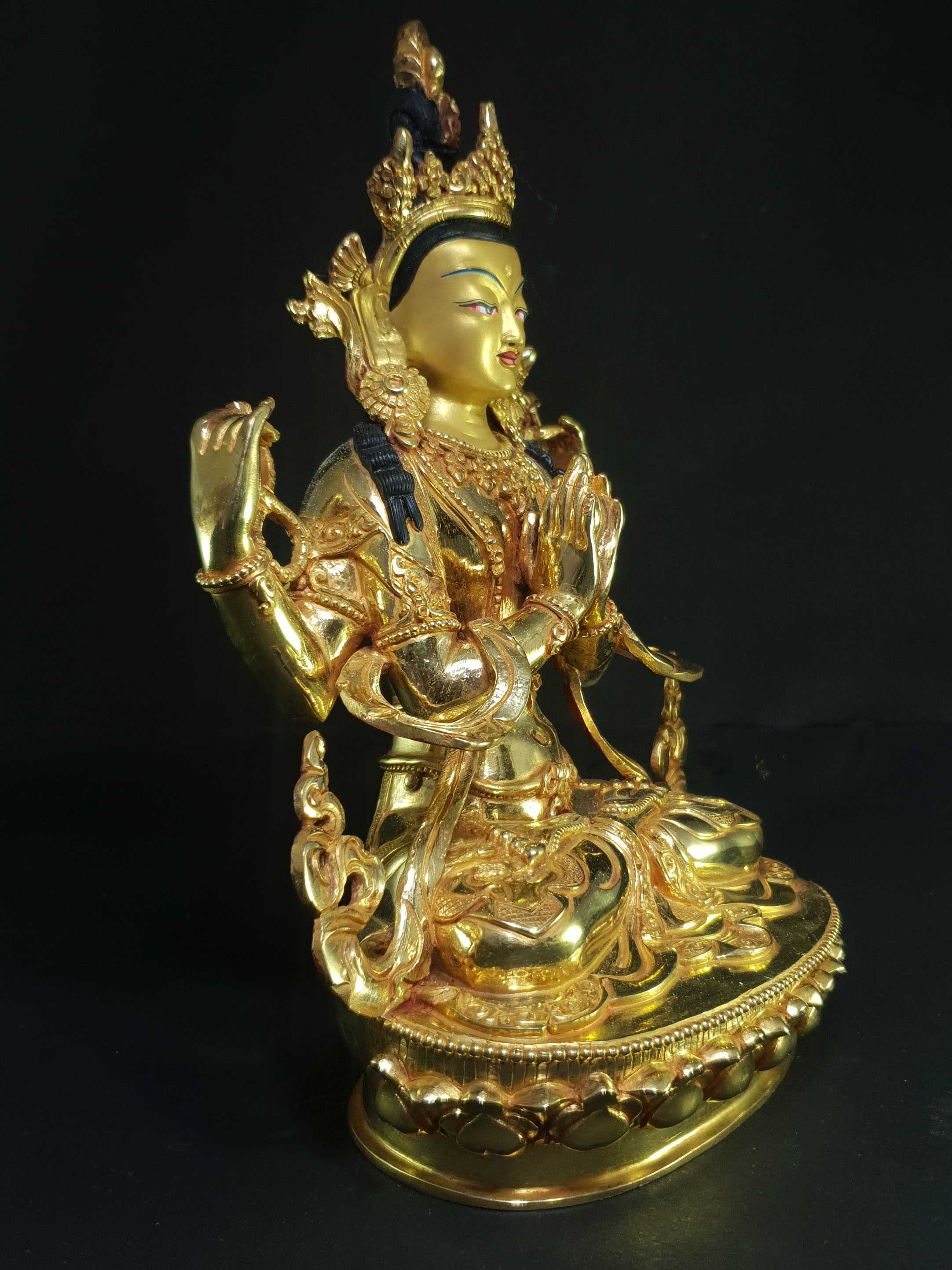 of Chenrezig
of Chenrezig 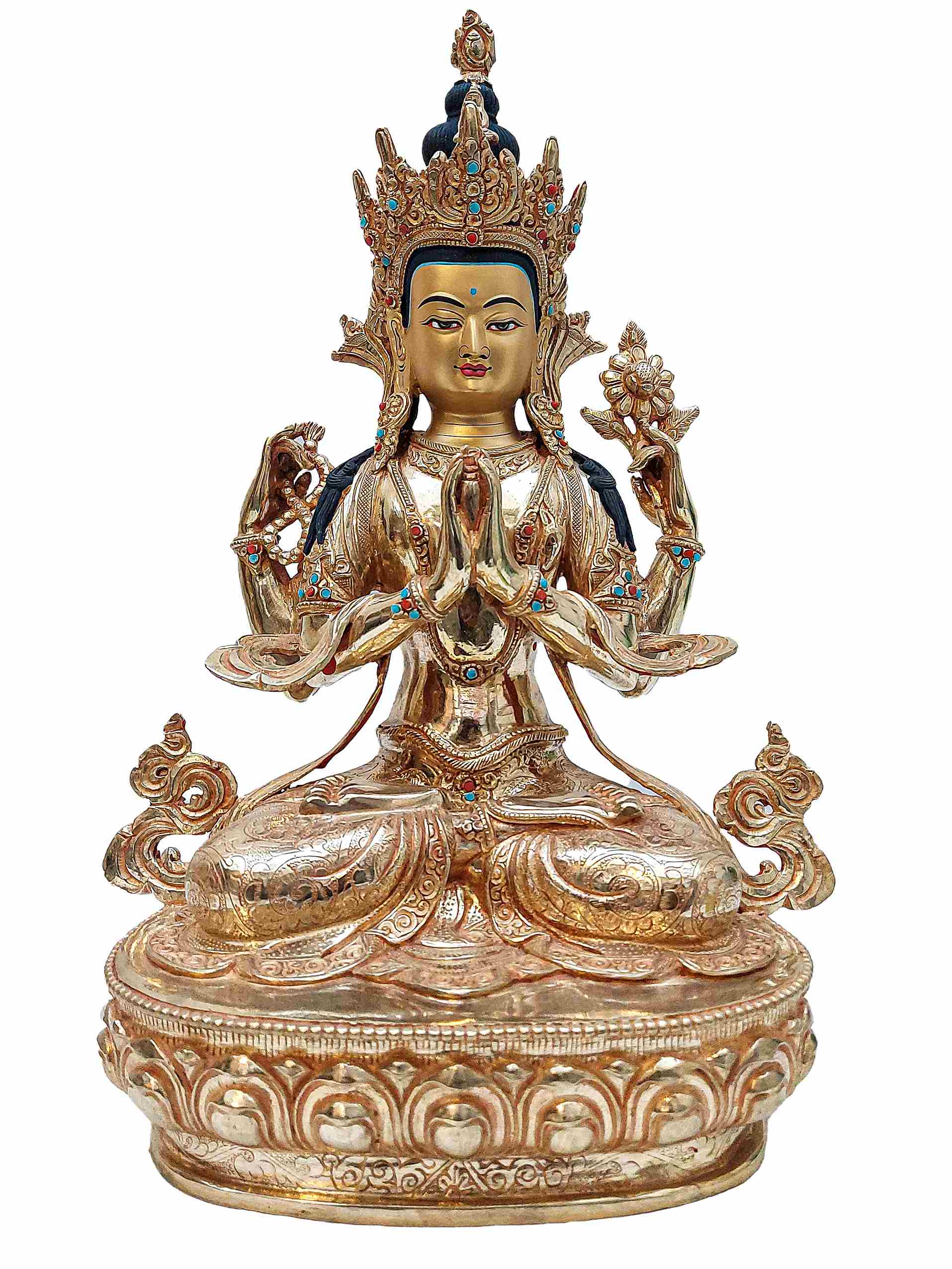 of Chenrezig,
of Chenrezig, 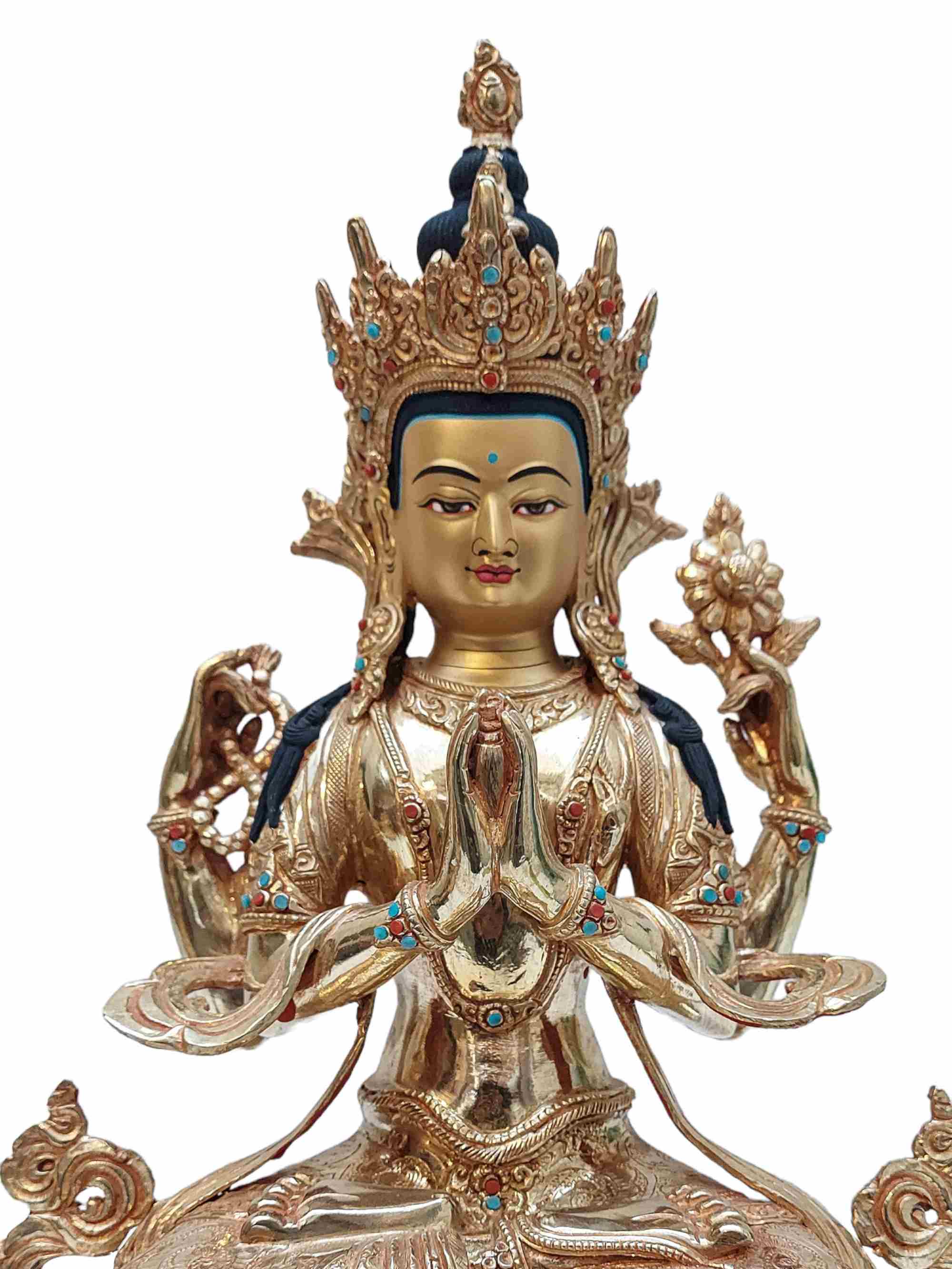 of Chenrezig,
of Chenrezig, 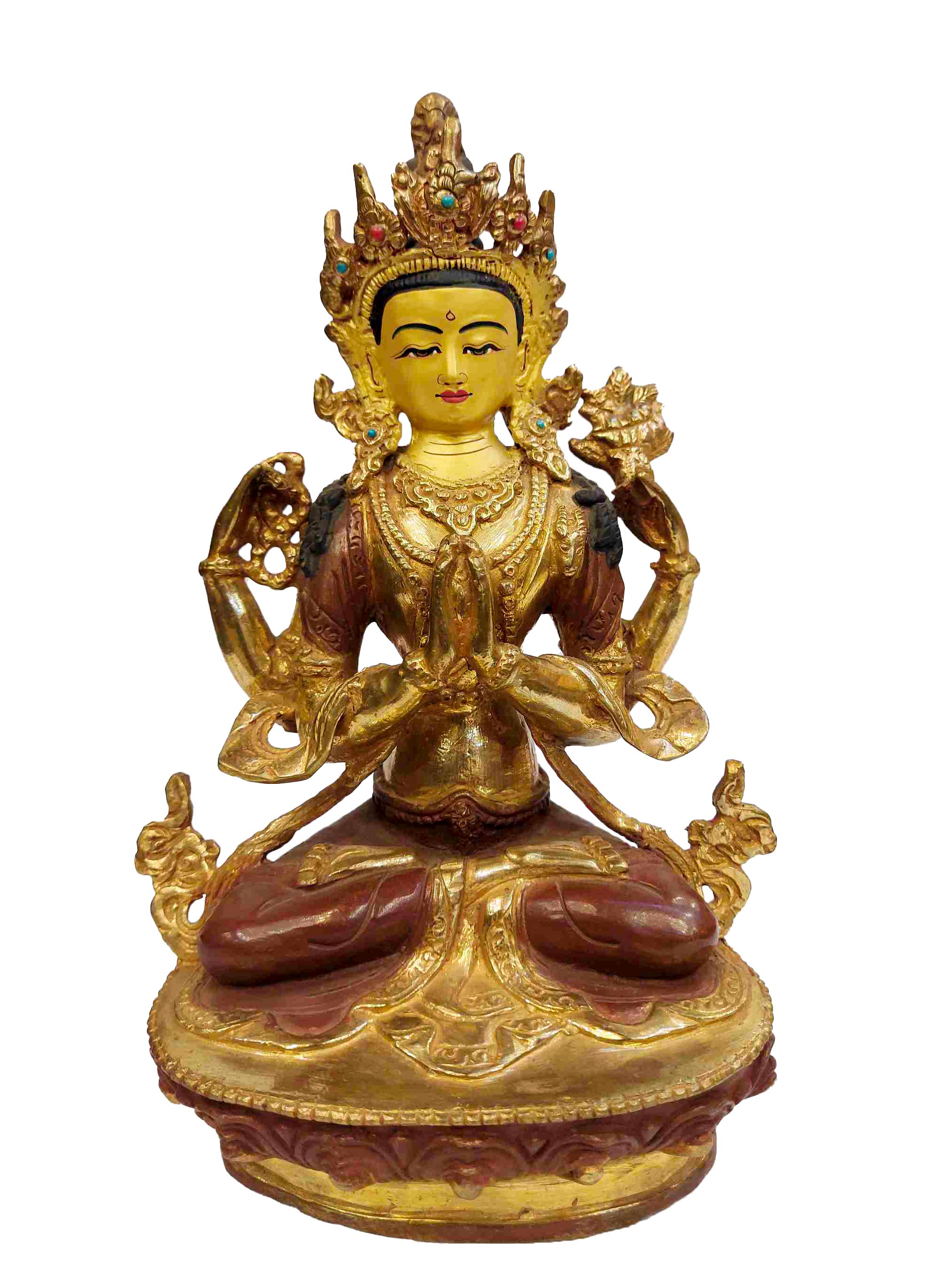 of Chenrezig,
of Chenrezig, 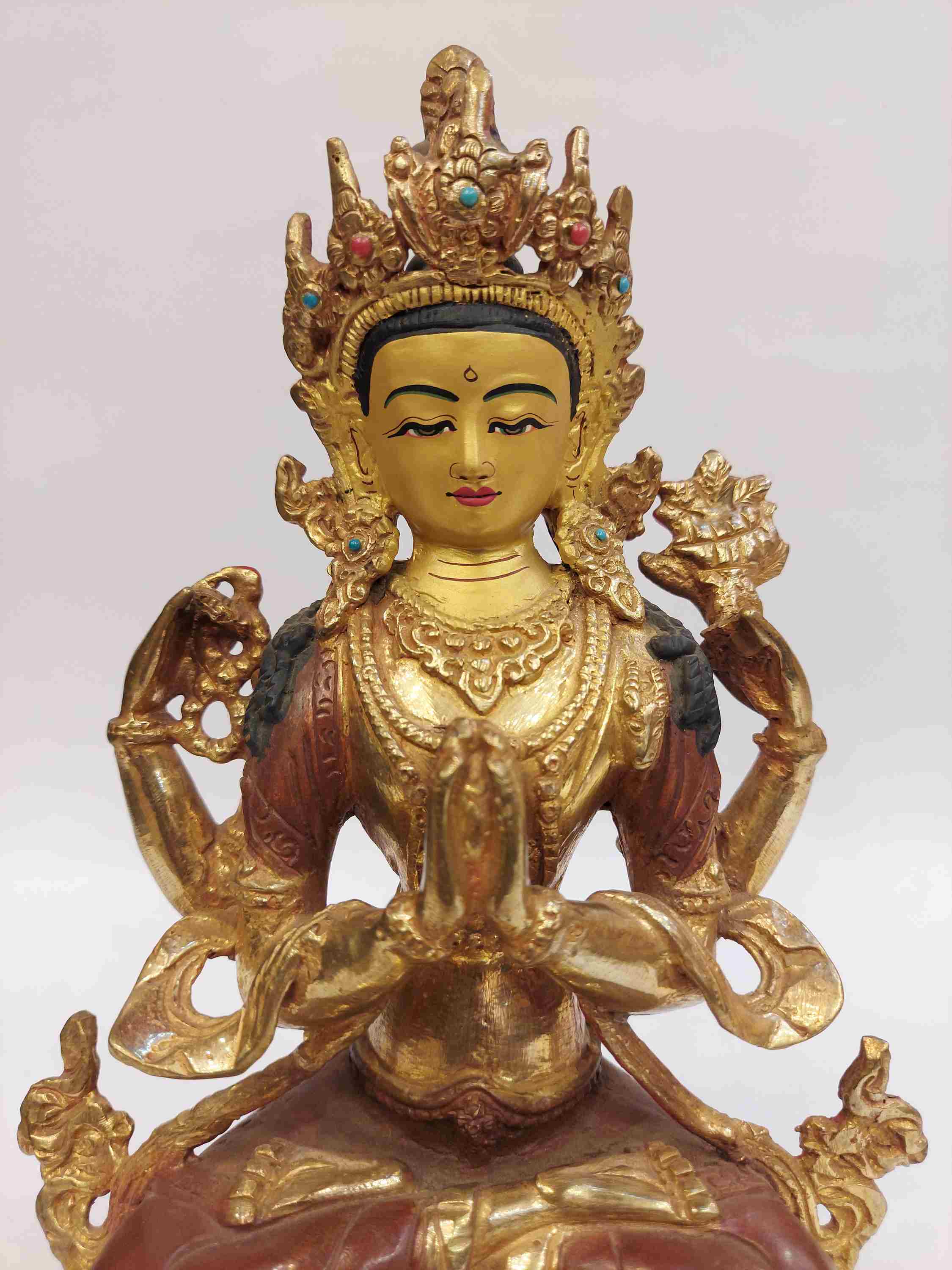 of Chenrezig,
of Chenrezig,